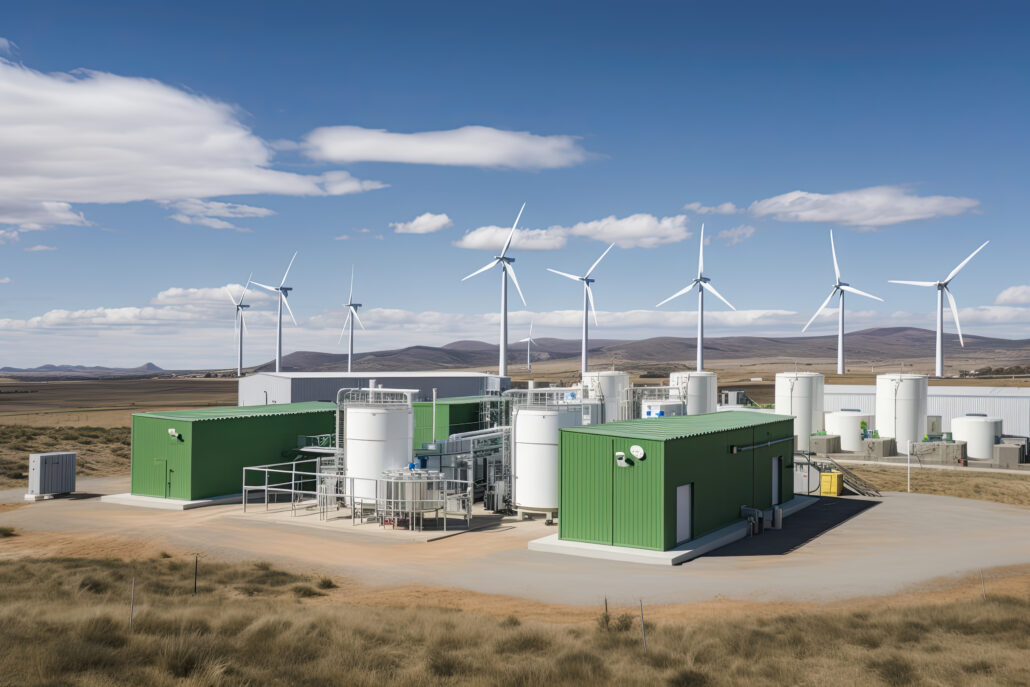Written by Petros Magkos, electrical engineer at Wattcrop
In the quest for sustainable and accessible energy solutions, the focus has shifted towards remote areas that are often marginalized and deprived of a reliable power supply. Remote areas face challenges in terms of access to sustainable energy supply. Due to geographical constraints, high installation costs, and low population density, traditional electricity grids often find it difficult to extend their reach to these areas. As a result, many communities in these remote areas rely on conventional power plants such as diesel generators or face complete energy deprivation. This not only hinders their quality of life but also their socio-economic development.
The integration of renewable energy sources, such as solar and wind power, provides a viable alternative for these communities that are remote and often not connected to the grid. These sources are abundant, offering an environmentally friendly solution for energy production. However, the intermittent nature of renewable energy sources presents a challenge as it creates an imbalance between demand and production. For this reason, the energy produced must be stored efficiently to eliminate the imbalance between production and consumption and used during periods of low or no production.
Energy storage systems play a key role in addressing the intermittency of renewable energy sources. Accumulators, pumped storage and other advanced storage technologies allow excess energy produced during periods of high generation or low load demand to be stored and used when needed for smooth grid operation or during periods of low or no generation. This ensures a continuous and reliable energy supply even when there is no direct sunlight or wind.

Advantages of Energy Storage to Empower Remote Areas with Renewables:
Grid Stability and Reliability
Energy storage systems, in particular advanced batteries, play a critical role in providing stability to the intermittent nature of renewable energy. Excess energy generated during peak generation periods is stored, ensuring a continuous and reliable energy supply even when electricity generation is low or zero. This stability is a game changer for communities that previously faced problems in reliable electricity supply.
Promotion of Decentralized Power Generation by Development of Microgrids
Microgrids enable local energy production and distribution, reducing the need for extensive transmission infrastructure. This is particularly beneficial in remote areas where the construction of traditional electricity grids is economically and logistically difficult. The development of microgrid and smart grid technologies also contributes to the management of generated and stored energy.
Reduction in Dependence on Fossil Fuels and Cost Efficiency
Many remote areas rely on diesel generators to produce electricity, which not only contributes to climate change but has increased economic costs due to fuel transportation. The adoption of renewable energy sources combined with energy storage reduces dependence on fossil fuels, leading to a cleaner and more sustainable energy profile. They also reduce energy costs by relieving the residents of these areas from the increased costs of transporting fossil fuels and maintaining generators.
Challenges
Despite the advantages of installing storage systems combined with renewable energy in remote areas, there are some concerns. First of all, the integration of renewable energy combined with energy storage systems requires a substantial upfront investment. Securing funding for the initial infrastructure can be a barrier for communities with limited financial resources. Furthermore, establishing a supportive regulatory framework is vital for the success of renewable energy projects. Clear policies that encourage investment, streamline permitting processes, and provide incentives can significantly accelerate the adoption of clean energy solutions in remote areas.
Energy storage in remote areas is not just about generating power; it’s about empowering communities and fostering sustainable development. By harnessing the potential of renewables and implementing effective energy storage solutions, we can bridge the energy gap and bring about positive change in the lives of those living in the remotest corners of the world. As technology continues to advance, the future holds even more promise for off-grid communities to thrive with clean, reliable, and locally generated power.

